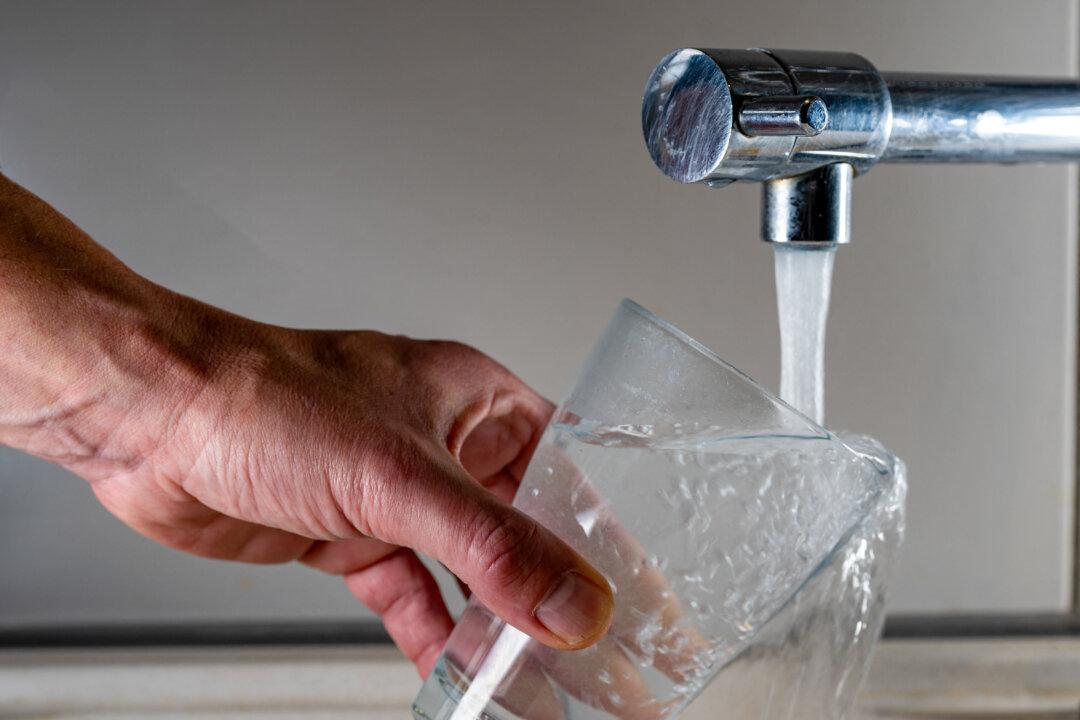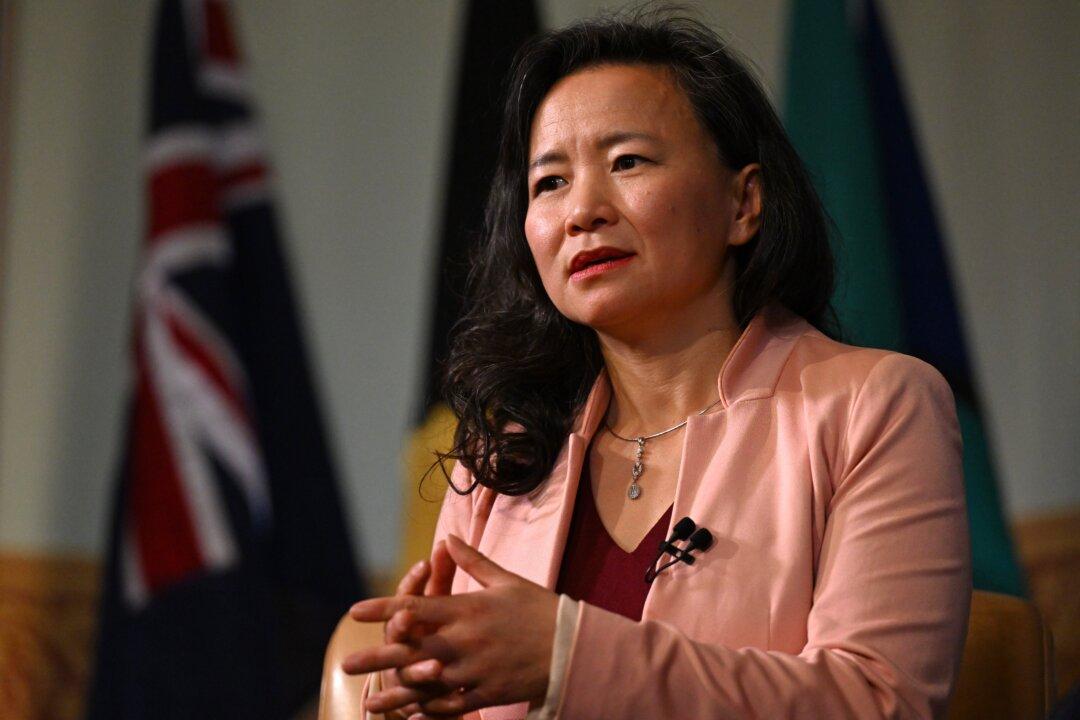The Productivity Commission has warned the Australian government to limit its industry assistance spending following the economy’s recovery to avoid negative impacts.
A report by the commission found that the federal government spent at least $16 billion (US$11.14 billion) to support various industries in the 2020-2021 financial year, up $4.2 billion from the previous year.





